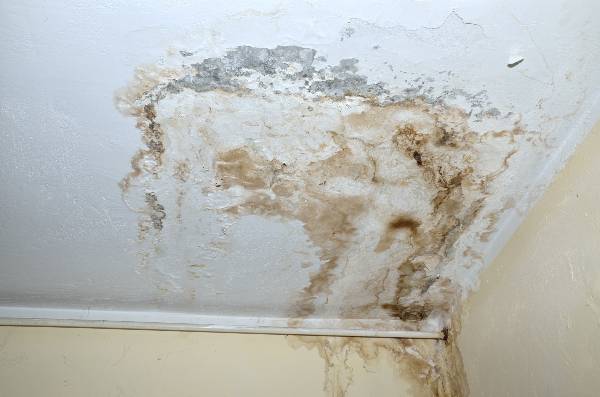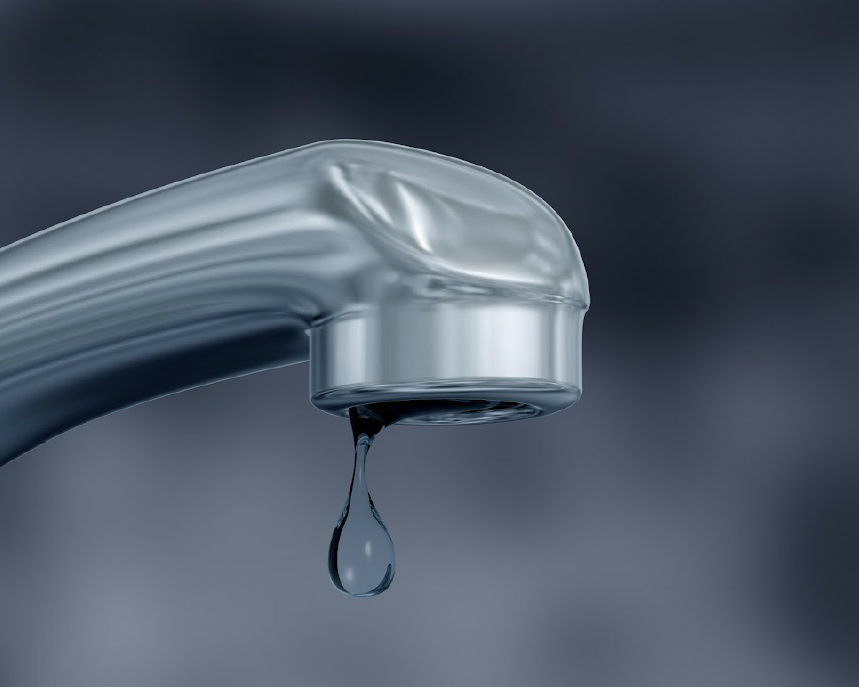Guide To Water Leak Detection In The House
Guide To Water Leak Detection In The House
Blog Article
We've encountered this post about Detecting hidden plumbing leaks listed below on the internet and think it made good sense to relate it with you over here.

Early detection of dripping water lines can minimize a potential calamity. Aside from conserving you money, it will minimize the stress and stress. The moment you locate a leak, calling your plumber for repair services is the best option. Nonetheless, some small water leakages may not be visible. Here are some hacks that assist if you can not detect it with your nude eyes.
1. Analyze the Water Meter
Examining it is a guaranteed means that helps you uncover leakages. If it relocates, that shows a fast-moving leak. This indicates you may have a slow-moving leakage that can also be underground.
2. Inspect Water Consumption
Analyze your water expenses and track your water usage. As the one paying it, you need to see if there are any disparities. If you identify sudden changes, regardless of your consumption coinciding, it suggests that you have leakages in your plumbing system. Bear in mind, your water costs ought to fall under the very same range every month. An unexpected spike in your costs shows a fast-moving leak.
At the same time, a consistent increase on a monthly basis, even with the exact same behaviors, shows you have a slow-moving leakage that's likewise gradually escalating. Call a plumber to extensively check your residential or commercial property, specifically if you feel a cozy location on your floor with piping underneath.
3. Do a Food Coloring Examination
When it comes to water intake, 30% comes from bathrooms. If the shade in some way infiltrates your dish throughout that time without flushing, there's a leakage in between the container and also dish.
4. Asses Outside Lines
Do not neglect to inspect your outdoor water lines too. Should water permeate out of the link, you have a loose rubber gasket. One tiny leakage can lose lots of water and increase your water expense.
5. Examine the situation and inspect
House owners ought to make it a habit to examine under the sink counters as well as even inside cabinets for any type of bad odor or mold development. These two red flags suggest a leak so punctual attention is called for. Doing routine evaluations, also bi-annually, can save you from a significant problem.
If you understand your home is currently old, keep a watchful eye on your heating systems, pipes, pipelines etc. Look for discolorations and also compromising as the majority of pipes and also devices have a life expectancy. They will certainly additionally naturally degrade due to tear and also use. Do not wait for it to escalate if you think dripping water lines in your plumbing system. Call a professional plumber as soon as possible so you do not end up with a horrible mess in your house.
Early detection of leaking water lines can reduce a prospective disaster. Some tiny water leaks may not be visible. Inspecting it is a guaranteed means that aids you uncover leakages. One little leakage can squander loads of water and increase your water costs.
If you suspect dripping water lines in your plumbing system, don't wait for it to escalate.
How to Know If Your Home Has a Hidden Leak
Water Meter Reveals Inexplicable Water Usage
If you’d like to test whether or not there’s a leak somewhere in your home, you can do this using your water meter. Here is how to conduct the test:
Don’t use any water in your home for at least 30 minutes; this also means not turning on faucets or water-using appliances.
Go outside, and check your water meter for activity.
If your water meter shows that there was activity, even though no one was using any water, this proves that there is a leak in your home.Visible Mold or Mildew Growth
Leaks behind walls create moist, dark environments that allow mold and mildew to grow and thrive. Eventually, you might see mold growth forming on the wall closest to a hidden leak.
If mold is growing in an area that receives a high amount of moisture, such as a bathroom, it may simply be an indication that better ventilation is needed. However, if you see mold growth on a wall or the ceiling in an area where you would not expect, you probably have a hidden leak.
Musty, Mildew Odor
Sometimes you might not be able to see the mold or mildew that is growing as a result of a leak. However, the smell can give the problem away just as easily. If you catch a whiff of something musty, there’s a good chance that old water is collecting somewhere in your home that you can’t see.
Stained/Warped Walls, Ceilings, or Floors
When your home soaks up water, a variety of red flags can become visible, including ceiling stains, bubbling drywall, warped walls, and sagging floors. While these issues can be caused by excess humidity, they can also be signs that a pipe or plumbing connection has started leaking behind your walls.
Inexplicably High Water Bill
After a while, you get a general sense for what your water bill should be. If you own a pool or sprinkler system, your bill will tend to be higher during summer. However, if you receive a water bill that seems especially high, and you can’t figure out what caused it, then you may have a hidden leak somewhere that’s increasing your bill.
https://www.plumbingjoint.com/blog/2019/july/how-to-know-if-your-home-has-a-hidden-leak/

I discovered that page about Hacks to detect leaks when looking around the internet. Loved our write-up? Please share it. Help other people discover it. Many thanks for your time. Come back soon.
Report this page